Shrines and Temples of Nikko
A complex of ornate and colorful religious buildings in a lovely forest setting.
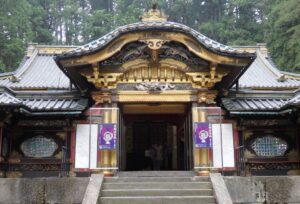
A complex of ornate and colorful religious buildings in a lovely forest setting.
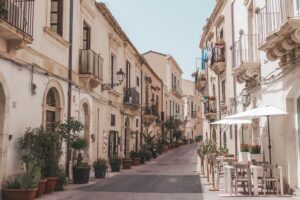
A city with the traces of three thousand years of civilization.
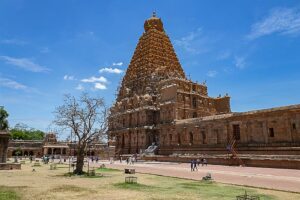
Three outstanding 11th-12th-century temples covered with carvings depicting elements of Hindu mythology.

Three famous London buildings that represent the “intertwined history of church, monarchy and state.”
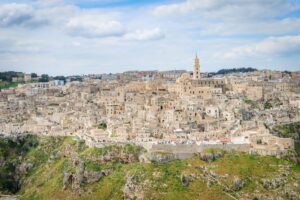
More than 1000 cave dwellings, churches and other rock-cut structures going back centuries.
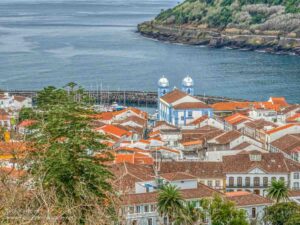
An important port in the busy shipping routes between Europe, the Americas and Africa from the 15th-19th centuries.
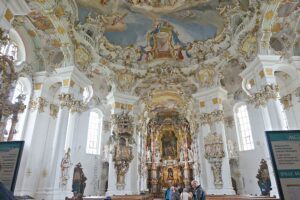
A magnificent rococo church with a legend that draws the faithful to visit.
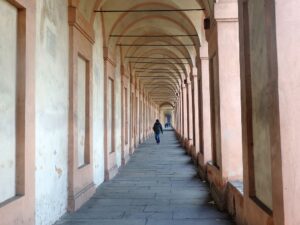
An architectural element that, over centuries, has become an integral part of life in Bologna and around the world.
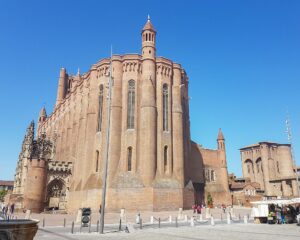
A small city with a rich collection of Medieval and Renaissance architecture.
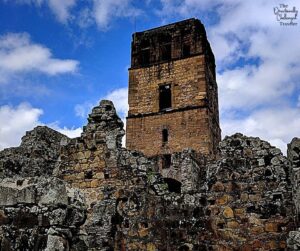
A Spanish colonial city: the first permanent European settlement in the Western Hemisphere.
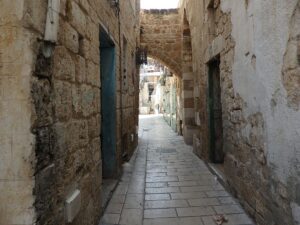
An ancient walled city where Ottoman structures were built on top of a Crusader-era fortress.
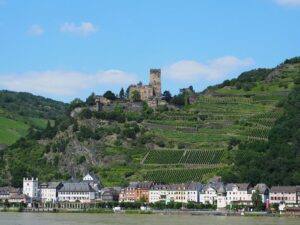
A beautiful portion of the Rhine River with centuries of history evident in its vineyards, castles and villages.
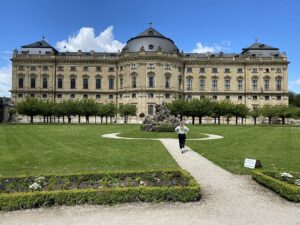
A magnificent 18th-century baroque palace and accompanying garden.
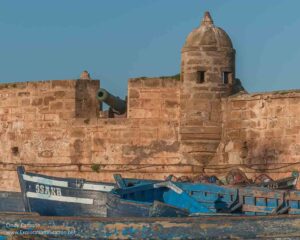
An 18th-century fortified city incorporating both African and European architectural forms.
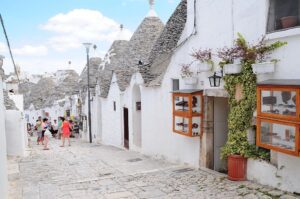
Picturesque whitewashed houses with conical roofs, built using age-old dry-stone techniques.
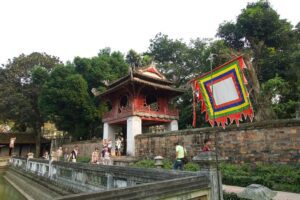
The remains of what was the center of political power in Vietnam for over a thousand years.
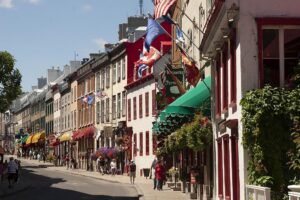
North America’s only fortified colonial city, with an intact core, some of which dates back to the 17th century.
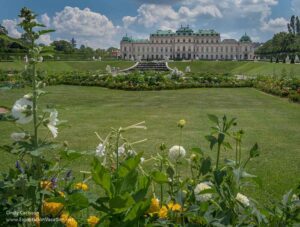
An urban center with a wide range of outstanding historical architecture, viewed as the music capital of Europe.
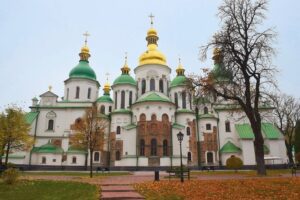
An Orthodox Christian cathedral and monastery dating back to the 11th century.

Apartment complexes designed in the early 20th century to improve living conditions for low-income families.
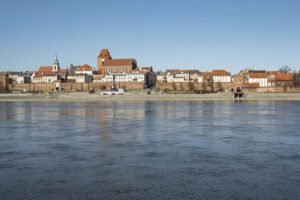
An intact 13th-century Old Town and New Town – the former was a trading hub, the latter a craft center – plus a Teutonic castle ruin.
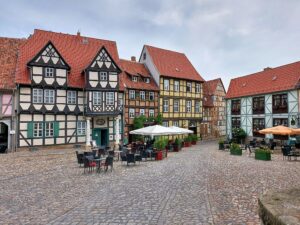
A medieval town known for its Romanesque church/castle on a cliff and its picturesque half-timbered houses.
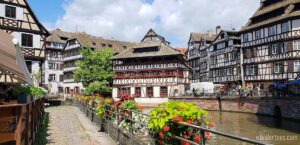
Two districts, one exemplifying medieval cities, the other a model of modern city planning.
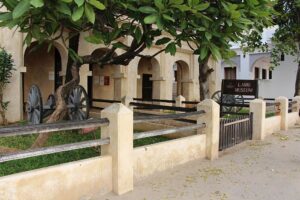
A 700-year-old former trading port that demonstrates the cultural blending of Swahili, European, Arab and Indian influences.
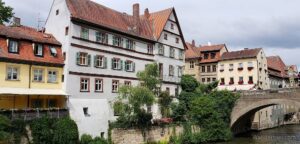
A beautifully intact medieval city center with over 1000 historic buildings as well as an early example of urban farming.
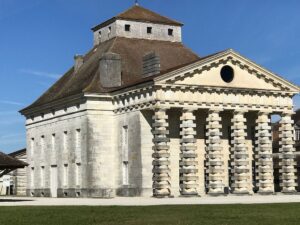
Two locations that exemplify the historical process of salt production and industrial architecture.
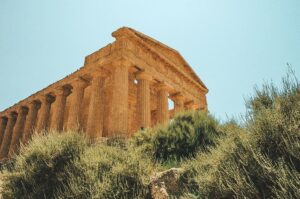
An exceptional collection of ancient Greek temples dating to the 5th century BC.
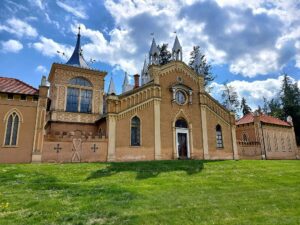
A huge English-style garden and the structures in it that illustrate the principles of Enlightenment ideals in landscape design.
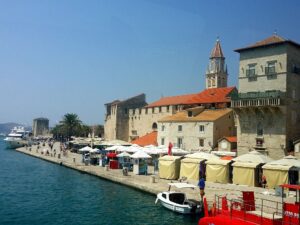
A small city on an island showing influences from a succession of ruling powers.
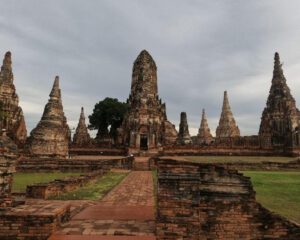
A 14th-18th century city that served as a seat of the Siamese royal court and whose art and architecture show international influences.
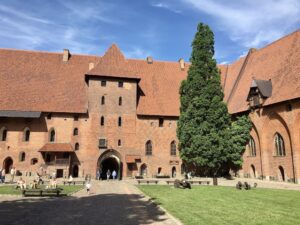
A massive brick castle from an era of forced conversion to Christianity in eastern Europe.
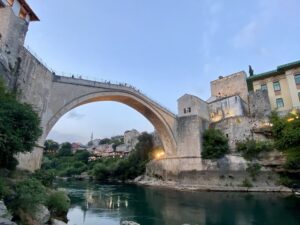
Significant not for its history, but for the symbolism of its restoration.
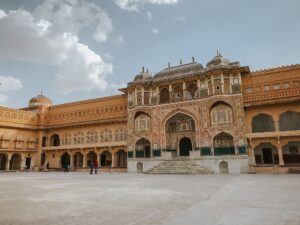
Six ornate and unique forts, legacies of the Princely Rajput states.
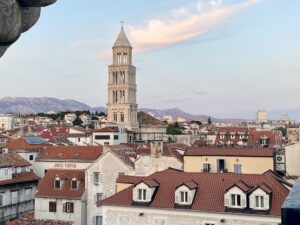
A complete architectural ensemble built around the well-preserved ruins of a large palace complex.
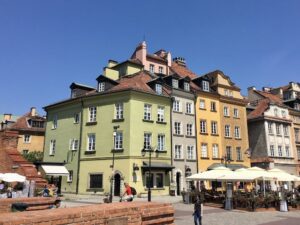
An outstanding near-total reconstruction of a centuries-old historic city center.
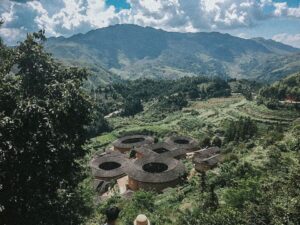
Multi-family inward-facing houses built by the Hakka minority and still used to this day.